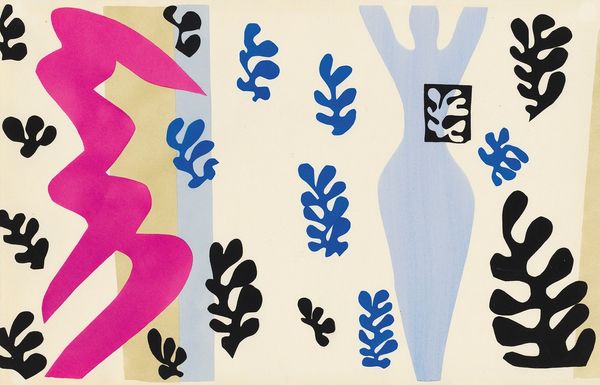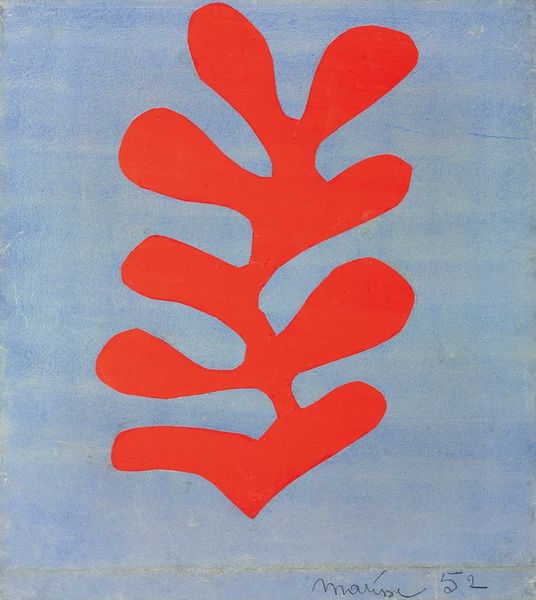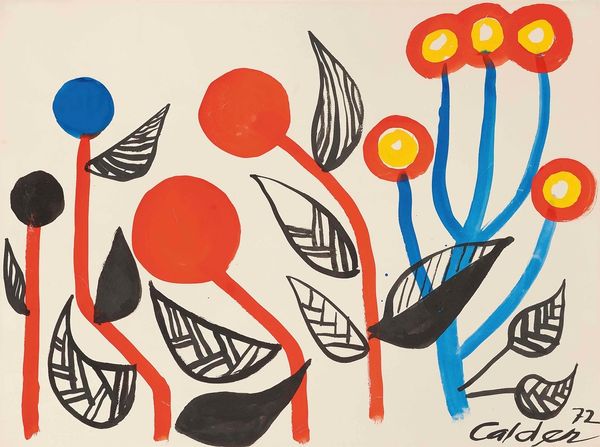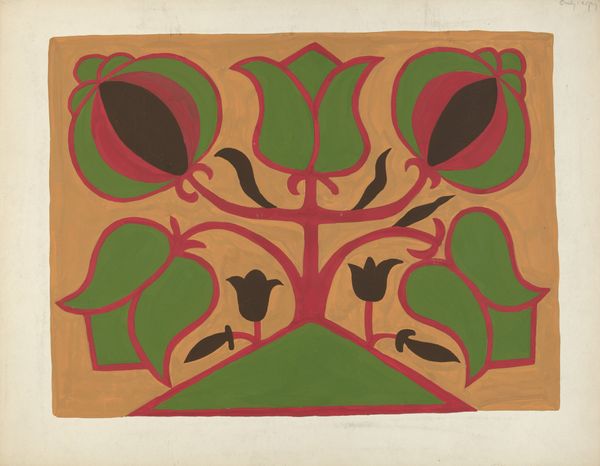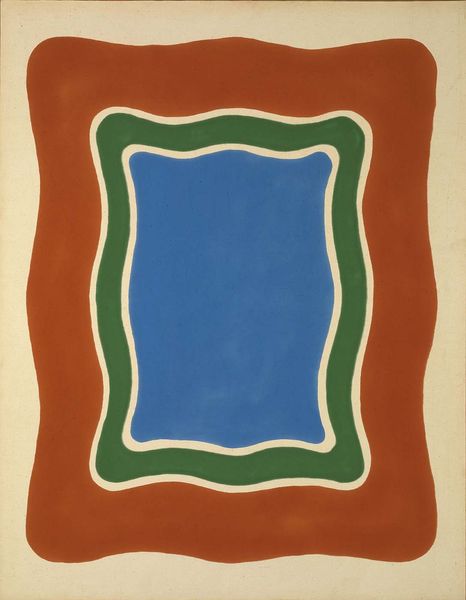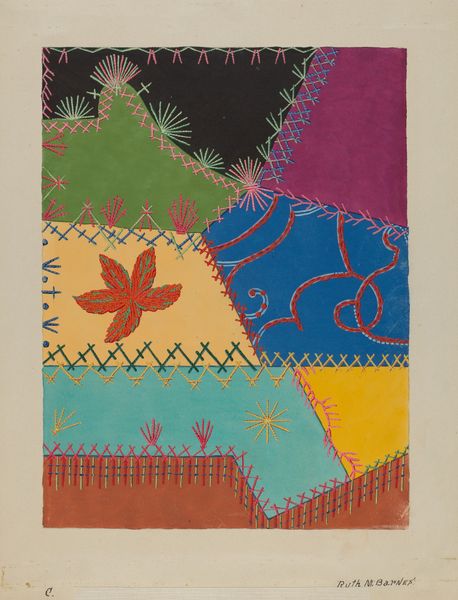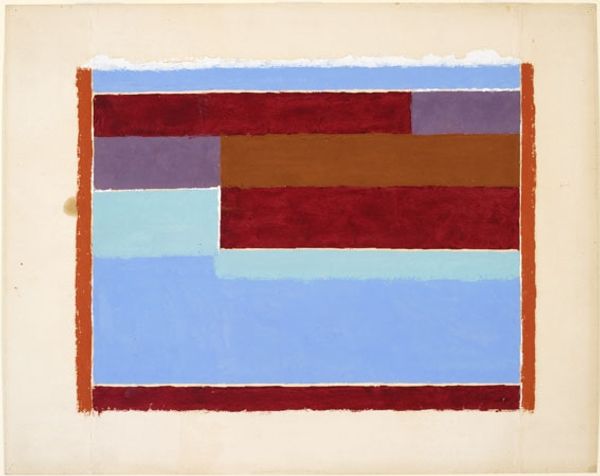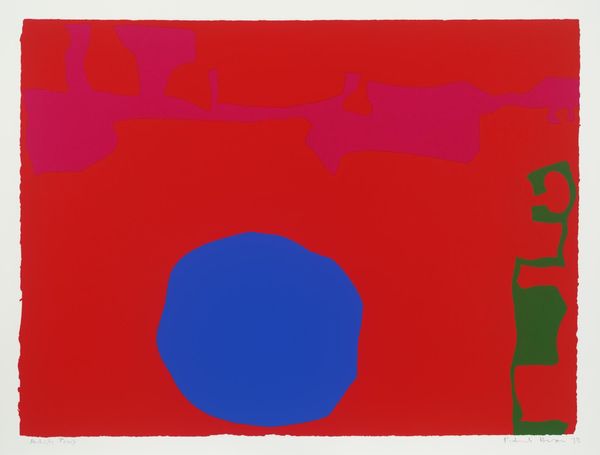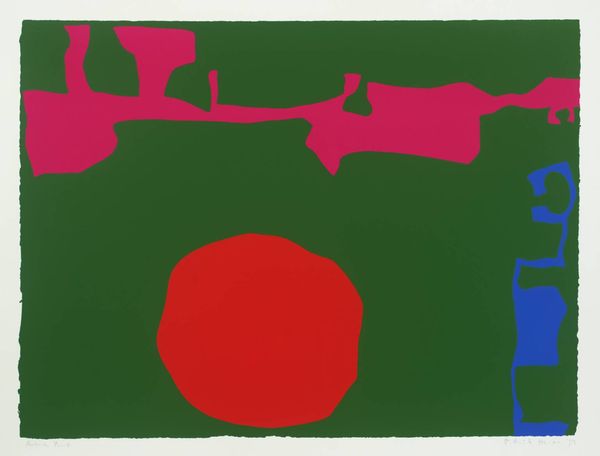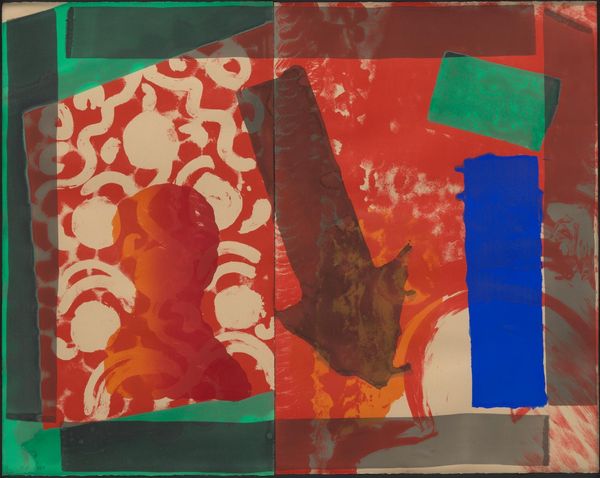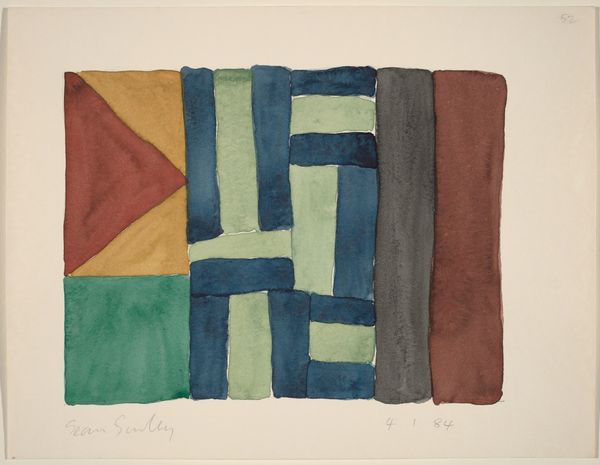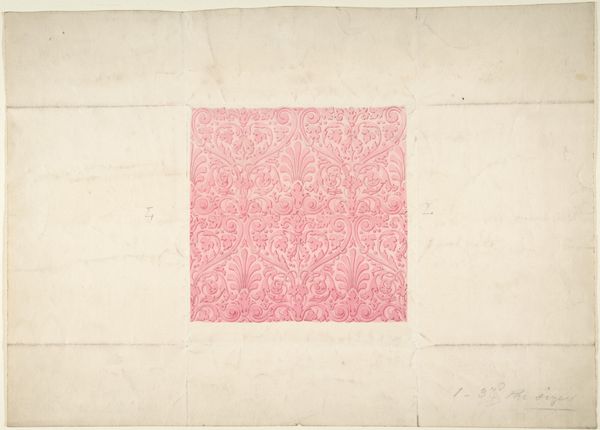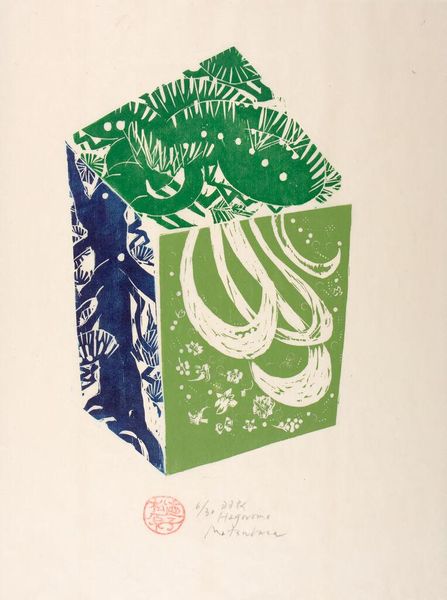
Copyright: Henri Matisse,Fair Use
Editor: Here we have Henri Matisse’s “The Dancer” from 1949, a mixed-media piece. The interplay between the stark shapes and bold colours makes it seem both joyful and carefully constructed. What do you see in this piece, especially considering its historical context? Curator: I see this work as a powerful statement of resilience and reinvention. Created late in Matisse’s career, when he was largely confined to a wheelchair, "The Dancer" marks a radical shift in his artistic practice. It uses the cut-out technique, born out of necessity, yet it speaks volumes about agency and liberation. The vibrant colours, so characteristic of Fauvism, challenge the traditional notions of aging and artistic decline. Consider how Matisse, despite physical limitations, found a new language to express movement and form. Editor: So, it’s more than just a pretty picture; it's about overcoming obstacles. I'd not considered how his physical condition informed the creation of such seemingly carefree art. Curator: Precisely! Think about the sociopolitical context, too. This was created post-World War II, a time of rebuilding and redefining identity. Matisse’s joyful abstractions can be seen as a counter-narrative to the trauma and destruction of war. The dancer embodies freedom, a vital concept in that era. What does the concept of 'freedom' mean to you when engaging with art? Editor: I guess, for me, it's about the artist feeling free to experiment and challenge conventions. I hadn’t linked that with a broader need to re-establish liberty after the war. It does make me wonder if people at the time recognized that connection or if that meaning developed over time. Curator: That's an excellent question! Often, meanings evolve as society changes and we bring new perspectives to the art. Today, "The Dancer" also speaks to inclusivity and celebrates bodies of all forms, especially given its simplification of the human figure. The absence of realistic representation allows viewers to project themselves into the dance. Editor: I see what you mean. I am walking away understanding that art always is linked to cultural identity and how art can provide agency to diverse experiences. Curator: Yes, and even redefine it.
Comments
No comments
Be the first to comment and join the conversation on the ultimate creative platform.
